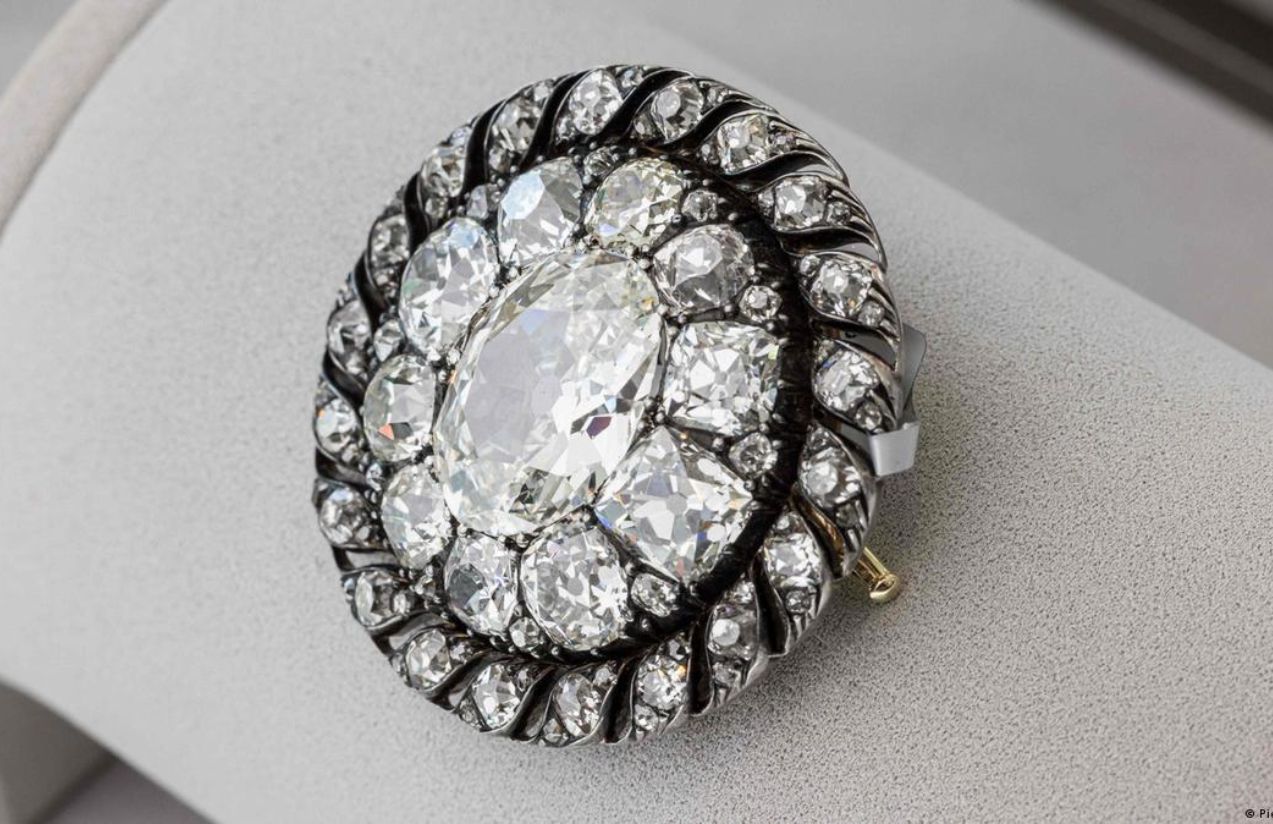Recently, a historic diamond brooch that once belonged to Napoleon Bonaparte, and was lost during his escape after the Battle of Waterloo in 1815, fetched an astonishing €3.8 million at an auction held in Geneva by Sotheby’s.
The brooch, measuring about 45 mm in diameter, features a central oval diamond of 13.04 carats surrounded by nearly a hundred precious stones arranged in two concentric rows. The piece was discovered among the emperor’s personal belongings after his defeat, trapped in a mud-covered carriage, making its recovery and sale a remarkable historical event.
Why does this auction attract so much global attention?
Because it is not only an exquisite jewel but also an artifact steeped in history, power, and symbolism, representing Napoleon during one of the most critical moments of his empire. Its price far exceeded initial estimates, reflecting the enduring fascination with relics that carry significant historical provenance.
This kind of piece not only revives the memory of the past but also embodies the intersection of art, collecting, and historical legacy, elevating its worth far beyond the material.

